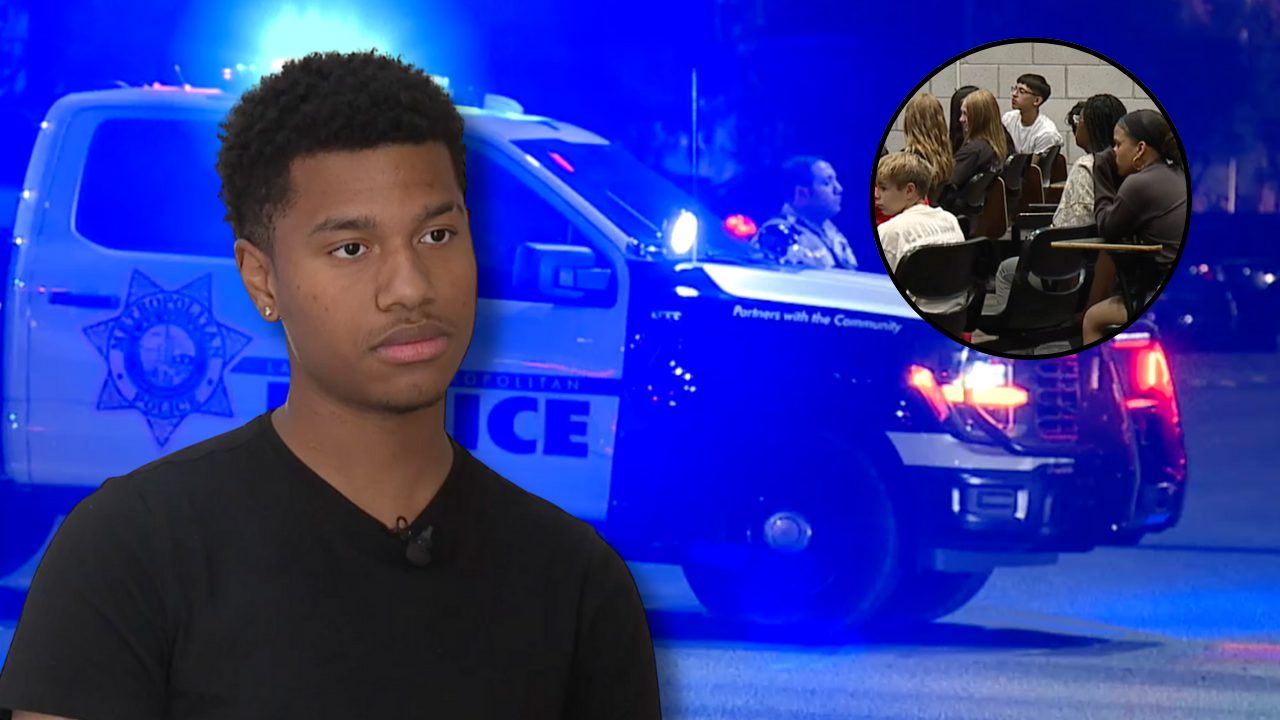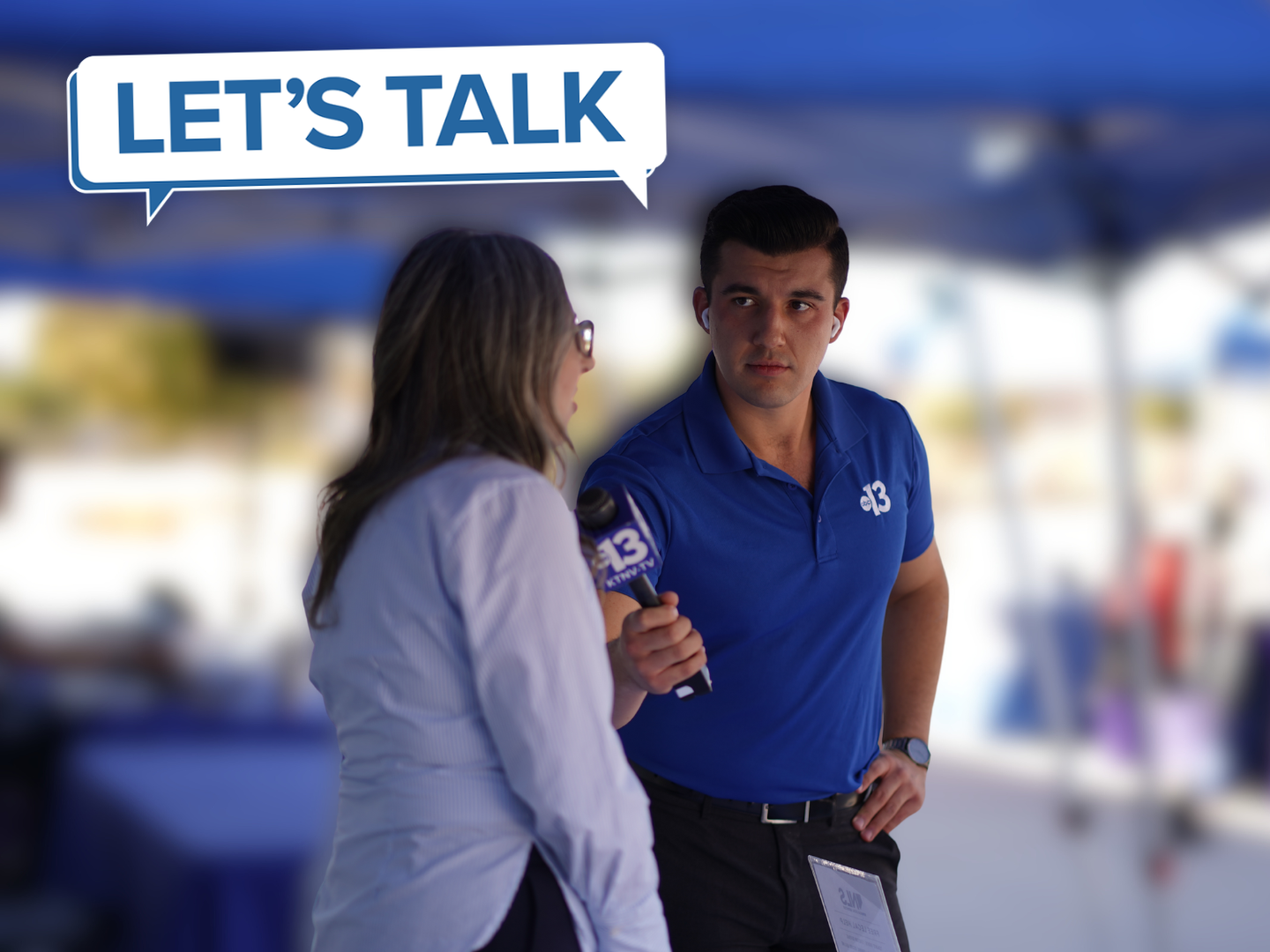LAS VEGAS (KTNV) — Teen drivers in Southern Nevada are getting a sobering lesson in road safety.
The Teen Driver Safety Day at UNLV put young drivers face-to-face with the real-world consequences of reckless driving, especially when impaired or distracted behind the wheel.
VIDEO: Alyssa Bethencourt talks to a woman who lost her son due to a reckless driver
Seven Hussein, a 17-year-old participant working toward getting his license, found the experience eye-opening beyond just learning the rules of the road.
"At the end of the day, it's not even just your life… you're worried about everybody's life around you," Hussein said.
The program featured actual crash footage showing how young lives can be changed by a single bad decision while driving.
According to the Nevada Office of Traffic Safety, Clark County sees some of the highest crash rates among teen drivers in the state, with summer months being particularly dangerous.
Erin Breen, director of the Road Equity Alliance Project, emphasized the importance of such educational programs.
"Being here today is how we keep those numbers down and that's why things like this are so important," Breen said.
The event went beyond typical driver education, featuring presentations from trauma surgeons who have treated crash victims and a simulated court hearing to demonstrate that consequences extend far beyond the crash scene.
"It's a lot more realistic when you get to see it firsthand, especially when they're doing their presentations and when you get to see live footage of things that have happened in the past," Hussein said.
Perhaps the most powerful moments came when teens heard directly from families who've lost loved ones in crashes. Sue Smith shared the story of losing her 12-year-old son Jonny in 2019.
"Him and some friends were walking home, and Jonny was hit and killed by a speeding driver," Smith said.
Smith hopes her story makes an impact on the young drivers.
"I hope that they take away from it that one stupid decision can destroy a whole lot of lives," she said.
The program's approach isn't about using scare tactics but rather helping teens understand consequences through the stories of those who have experienced tragedy firsthand. The goal is early and frequent education to create safer young drivers.



